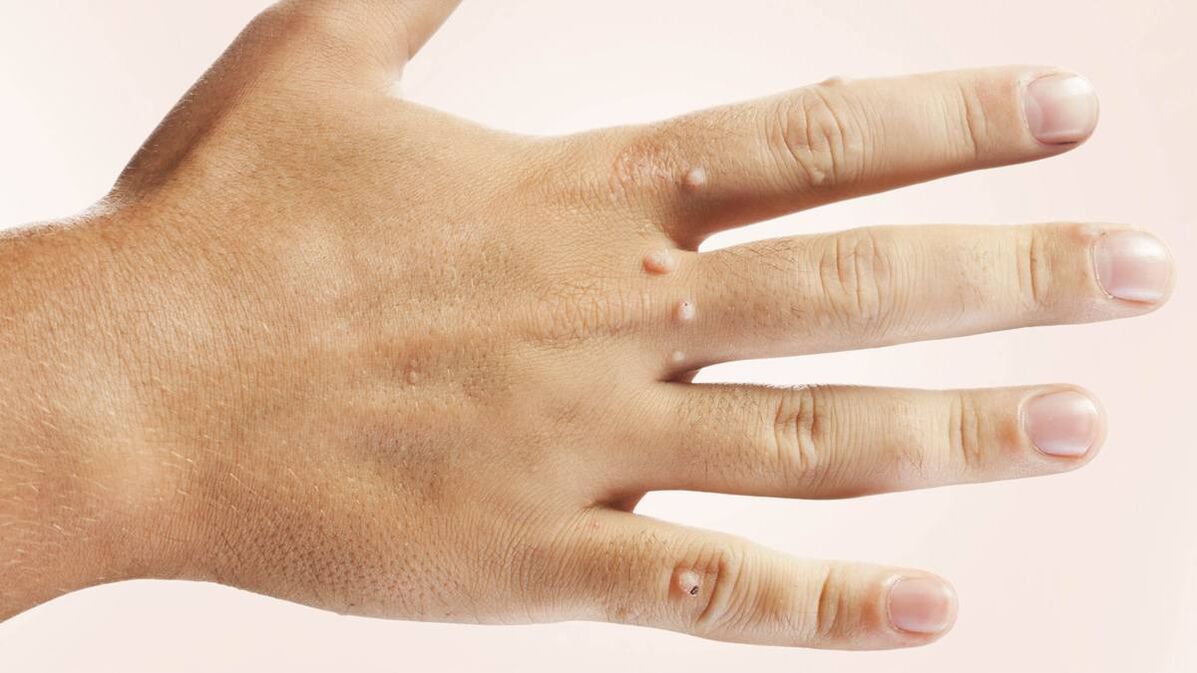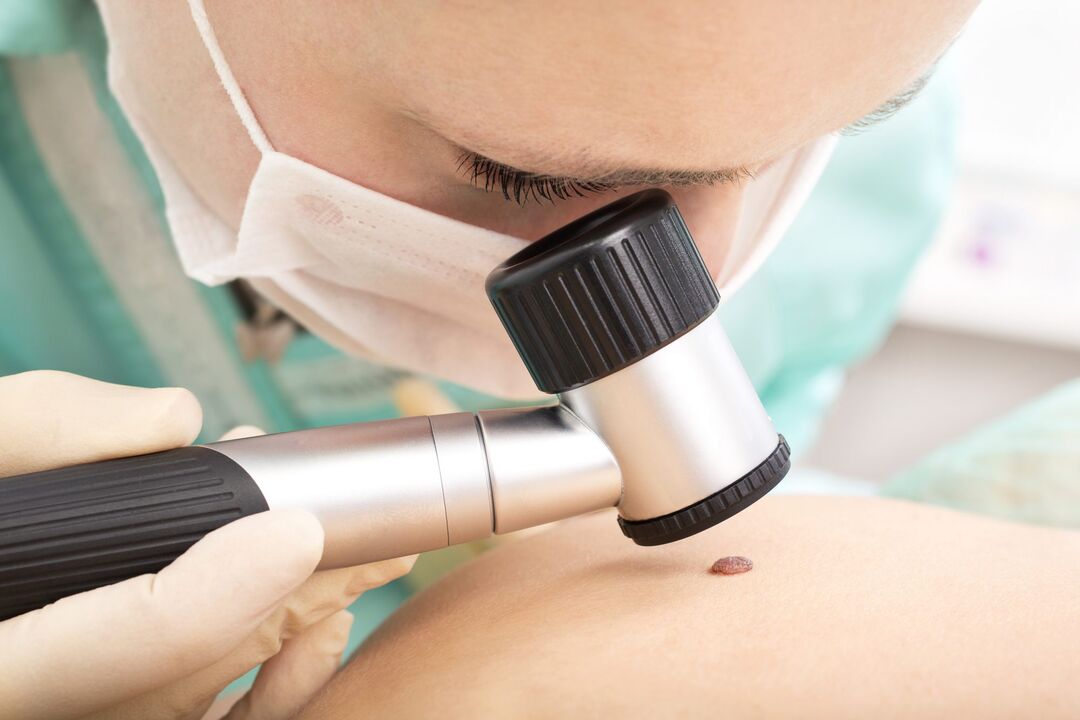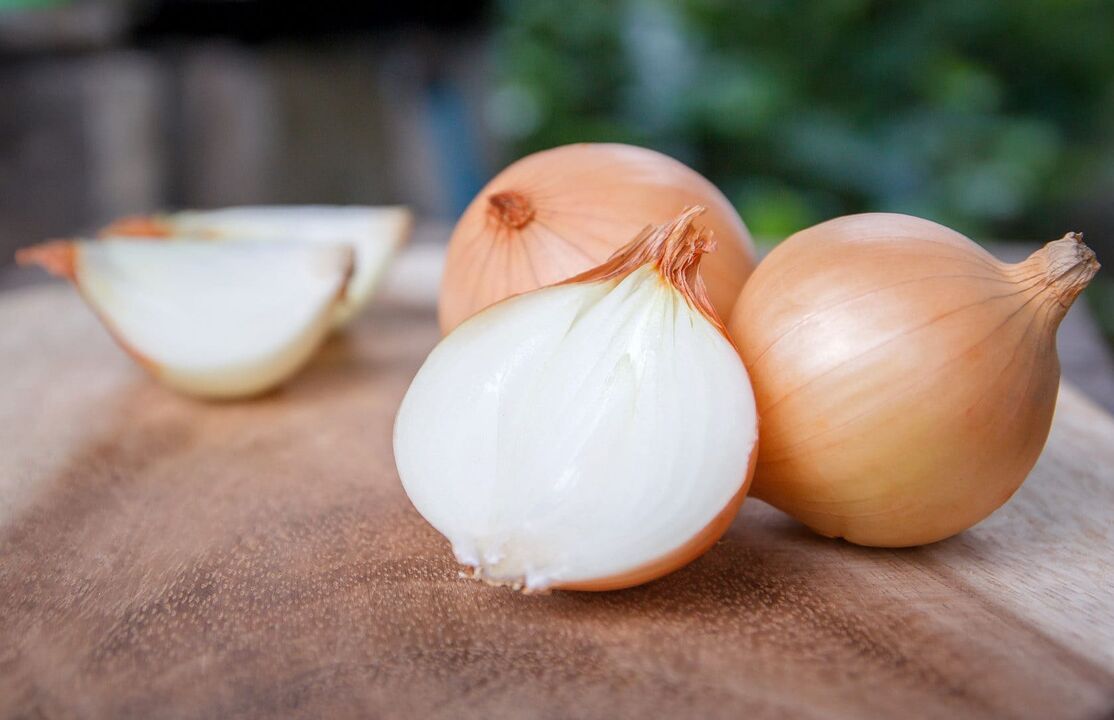Warts can appear on any body. In many cases they disappear on their own, but sometimes it becomes necessary to remove them. Wart removal is, of course, best done in healthcare facilities. Self-removal of such neoplasms may not yield results, or conversely, lead to their injury. You will learn about where you can remove warts from the following article.

Who can have warts
Warts can affect anyone, but they are most likely to be infected with the papilloma virus in:
- children and adolescents;
- adults and children who have a habit of biting their nails or nibbling on thorns;
- people with weakened immune systems.
In children, warts usually disappear without treatment. A dermatologist should be consulted if the warts bother the child (for example, painful) or multiply very quickly.
Signs and symptoms
Depending on the appearance and position on the body, several types of warts differ. The following are signs (what a person sees) and symptoms (what a person feels) that are common for some types of warts.
Vulgar (common) warts
If your child has warts on his face, be sure to check his hands - you will most likely see warts there as well. The virus usually spreads to the skin of the face when touched or when a child bites their nails.
Vulgar warts:
- more often on the fingers, around the nails and on the back of the palms;
- more common in places where the skin is often damaged, for example, in places where there are ulcers or when the habit of biting nails;
- they usually look like a small knot (compaction) with an uneven rough surface;
- they may have black spots on the surface (in fact, they are small thrombosed veins), which are sometimes mistakenly called the "root" of the nipple.
Plantar warts
They appear on the soles of the feet and are sometimes difficult to treat.
Plantar warts:
- they appear more often on the soles;
- it can grow, unite and form so-called clusters (mosaic warts);
- more often flat or grow inwards (due to the pressure created when walking);
- are painful, especially with pressure;
- often cause a feeling of pebbles in the shoes;
- they may have black dots on the surface.
Straight nipples
- they can appear anywhere, but as a rule they occur more often in children on the face, in men - on the chin, in women - on the legs;
- Smaller and smoother than other types of warts
- as a rule, multiple and housed in groups, they usually appear in large numbers - from 20 to 100 at once.
Filiform nipples (chords)
- they look like long threads or thin finger-like growths;
- they are more common on the face: around the mouth, eyes and nose;
- tend to grow rapidly.
Should I get rid of warts and why
A numbering system is used for each type of papilloma virus in medicine. It is known that HPV types numbered 57, 26-29, 14-17, 12, 10, 7 are 1-5-guilty of the appearance of different types of warts, from 1 to 4-cause plantar warts, 49, 28, 3 and 10- levels, HPV 27 - normal.
Oncogenic types of HPV require special attention, such as 52, 39, 33, 31, 30, 70, 40, 51, 55, 61-64, can cause precancerous conditions and are considered the most dangerous. When localized on the penis, in the vagina, on the cervix - HPV types 16, 11, 13, 31, 33, 35 - they create genital warts and papillomas.
The following papilloma viruses, which can be localized on the external genitalia and mucous membranes, have been identified as particularly dangerous - these are types 70, 66, 56, 33, 31, 18, 16. Many people who develop warts question whether it is possibleremove warts, is it dangerous or not?
In any case, a person should consult a dermatologist to determine the nature of the neoplasm, its type. In addition to removing aesthetic discomfort, increased risk of growth injury, it is necessary to treat or remove neoplasms because the presence of foci of viral infection causes its spread to other areas of the skin, and there is a risk of neoplasms degenerating into malignant. Be sure to consult a dermatologist to find out the type of warts, papillomas or condyloma and determine the best way to get rid of them.
Do not delay your visit if:
- The neoplasm is bleeding or there is tearing;
- If the nipple becomes painful, itching, stinging occurs
- It changes color, becomes heterogeneous in color, changes shape and size
- The number of warts grows, multiple daughters appear
- If the wart is localized in a visible place, it is often traumatized and causes psychological discomfort.
Self-removal of warts at home may not be safe. All doctors are unanimous in their opinion that removing warts at home is dangerous and is not recommended for the following reasons:
- Self-removal of accumulations most often leads to the formation of a scar, scar or burn of the nearest skin tissue;
- Various home methods can introduce an infection into a wound and develop an inflammatory process or spread the virus to other areas of the skin;
Of course, the probability of transformation of a real wart into a malignant neoplasm is not high, but still there is such a risk, and after self-removal of any neoplasm, without diagnosis and hysteroscopy of the removed material, harmful consequences can occur.
How are warts diagnosed?
In the case of warts, in order to make a diagnosis, a dermatologist usually just needs to look at them. In some rare cases, a biopsy may be needed to confirm the diagnosis. To do this, the doctor will remove the wart and send the sample to the lab, where it is examined under a microscope. Don't worry - this is a quick and safe procedure.

How to treat warts
In children, warts usually disappear without any treatment.
In adults, warts are completely harmless in most cases, but unlike children, sometimes they do not disappear on their own.
Consultation with a dermatologist is required if:
- nipples change shape, color, size;
- your nipples hurt you;
- the number of warts increases.
There are many different methods for removing warts. The choice of this or that method depends on the age of the patient, the health condition, as well as the type of warts.
Nipple - body gain
Often papillomas (warts) are mixed with moles. Warts, like moles, can be removed in the same ways. Each of them has its advantages and disadvantages. For example, traditional surgery leaves a mark on the skin anyway.
Surgical removal of warts is usually not recommended because warts often grow back.
Cryodestruction and laser removal do not always make it possible to precisely control the depth of effect on tissue. Electrocoagulation allows you to control the depth of exposure, but the risk of scarring remains. Therefore, a combination of several methods is sometimes used. Other wart treatments include topical salicylic acid, duct tape, and chemical treatments.
Basic methods of wart removal
As practice shows, many patients try to get rid of them by folk methods. However, it is always worth realizing that folk methods alone are not very effective, and in some cases can even prove dangerous. The correct process is possible only if the expert fights not only with the skin manifestations of the virus, but also with its very basis. There are several methods to remove these neoplasms:
- Radio waves. . . A relatively new but already well-proven method. With the help of a special device, a radio wave of a certain frequency is exposed to the formation of the skin. The advantage of the method is that it allows you to remove the wart itself and its root.
- Electrocoagulation.This term hides the cauterization of the neoplasm using a special electrode. Thanks to local anesthesia, under which all procedures are performed, you can always be sure that you will not feel any negative sensations.
- Liquid nitrogen.Another well-known method. Nitrogen freezes the nipple and its root, which is why a really fast and high-quality removal is performed.
To remove warts, dermatologists can use:
- Cryotherapy(liquid nitrogen) is the most common method for removing vulgar warts in adults and older children, and is not overly painful. But usually the process has to be repeated. And the use of this method in dark-skinned people can lead to the formation of dark spots on the skin.
- Electrosurgery and curettage. . . Electrosurgery (electric moxibustion) is an effective way to remove vulgar, filamentous and plantar warts. Curettage is a method that involves scraping the nipple with a sharp knife or a special instrument (curette). After scraping, electrocoagulation is performed, and a bandage is placed on the wound.
Often these two procedures are used together. A dermatologist can remove warts by curettage before or after cauterization.
The doctor can also surgically remove the wart.
In cases where the above methods did not give positive results, the dermatologist may use one of the following methods:
- Laser treatment performed under local anesthesia;
- Cauterization chemicals are usually prescribed to treat flat warts. Such peeling is performed daily at home, for which salicylic acid and glycolic acid preparations are used;
- Immunotherapy in the treatment of warts is a way of activating the body's own defenses. It is prescribed in cases when other types of therapy have not given positive results.
One type of immunotherapy is the application of a special substance to the nipple. An allergic reaction occurs around treated warts that can help the body deal with them. Another type of immunotherapy is the injection of interferon inside the nipples. Injections can boost immunity and force the body to fight the virus.
Unfortunately, there is no way that allows you to get rid of warts once and for all with a 100% guarantee. They can reappear in the old place and reappear in the new place. Sometimes new warts seem to appear faster than old ones. This happens if the virus infects cells near the nipple before removing the wart. That’s why new warts usually appear near where the old one was.
Self-treatment and removal
There are a huge number of ways in which the removal of warts by folk remedies is quite successful, but this does not mean that you should forget about traditional medicine and constantly self-medicate.
Any wart removal recipe, any video on wart removal, reviews from people and cosmetologists - this is just introductory material that shows that wart removal in children and adults is possible without consequences.
But you should never experiment and come to hasty conclusions - any neoplasm on the human body should be shown to a doctor, studied using laboratory tests, and only then cured or removed. But despite this, we decided to introduce you to some methods used to remove warts at home. We hope that this material, as we have advised, will remain of an informative nature only.
Because the cost of removing warts in some clinics and beauty salons scares people a bit, they try to treat the neoplasms themselves, it happens like this.
Light bulb treatment
The medium-sized raw onion was soaked in vinegar for about two hours, cut and tied to the nipple overnight. The procedure is performed until the wart disappears.

Wood ash treatment
Wood ash, preferably fresh, should be diluted with clean water until a homogeneous slurry is created, which should be applied daily to the nipples until they disappear.
Celandine wart removal
The wart is smeared with fresh celandine juice in the morning and evening. Because of the alkaloids found in it, warts heal quickly. They dry up and leave. The procedure should be repeated until the wart completely disappears. Be careful when using celandine juice, it should not get on healthy skin, because it is quite caustic.
Removal of warts and papillomas by cauterization
The method is painful, but, according to many people, it is quite effective. It is necessary to take a dry stick of a branch of any tree and keep it on an open fire. When it starts to smolder, you need to heat the neoplasm with heat. This should be done several times, after 5-7 days the wart will disappear.
As you can see, in addition to buying nipple removal medications at the pharmacy, you can still grow them in your own mansion or find them in your home. It’s up to you to experiment or not, think about it, but we’ve decided and we’ve already recommended it to you a few times.
After papilloma removal
Remember that simply removing warts does not remove the virus from the body. After a long or not very long time, papillomas may reappear. This is due to the presence of viral particles. In order to get rid of the virus for a long time, prevention needs to be carried out. How to do?
Vitamin therapy. Take a course lasting two to three months, focusing on the high concentration of zinc in vitamins and mineral complexes. Zinc inhibits the multiplication of viral particles. Thus, the human papilloma virus dies once and for all.
- Good personal hygiene. Good skin care.
- Avoid stress, overwork, normalize your daily routine. Sleep should last at least eight hours a day.
- Eat well.
- Try not to cool down, avoid colds after removing warts for the first three months, and better - six months.
- Check for intestinal dysbiosis. If there is, take a course of probiotic treatment.
- Visit an infectologist or immunologist. Your doctor will prescribe antiviral drugs that stimulate the immune system.
When thinking about removing warts, first visit a competent specialist.
Papillomas with suspected malignancy are best removed on examination by an oncologist.
Such formations are best subjected to a control histological examination.
Prevention
To prevent the appearance of warts, dermatologists recommend the following:
- do not injure the nipples;
- wear sandals or other special footwear when visiting the pool, as well as in public showers and locker rooms;
- do not touch other people's nipples;
- Wipe dry feet with warts, moisture tends to spread warts.













































































